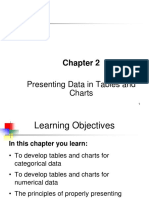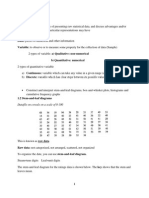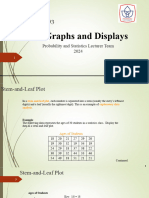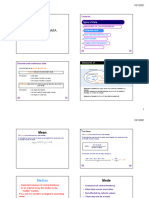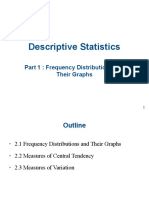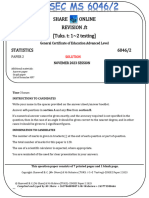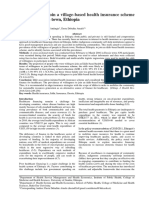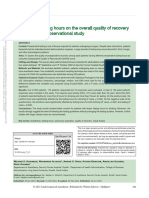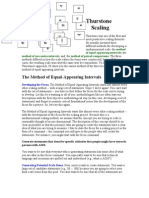0% found this document useful (0 votes)
25 views54 pagesStatmethods1 Lec2
The document discusses methods for organizing and analyzing data in public health research, focusing on experimental and observational studies. It outlines exploratory data analysis objectives, data ordering techniques, and various ways to summarize and display quantitative data, such as frequency distributions and measures of central tendency. The importance of understanding study design and recognizing patterns in data is emphasized for effective analysis.
Uploaded by
shlonglord420.5Copyright
© © All Rights Reserved
We take content rights seriously. If you suspect this is your content, claim it here.
Available Formats
Download as PDF, TXT or read online on Scribd
0% found this document useful (0 votes)
25 views54 pagesStatmethods1 Lec2
The document discusses methods for organizing and analyzing data in public health research, focusing on experimental and observational studies. It outlines exploratory data analysis objectives, data ordering techniques, and various ways to summarize and display quantitative data, such as frequency distributions and measures of central tendency. The importance of understanding study design and recognizing patterns in data is emphasized for effective analysis.
Uploaded by
shlonglord420.5Copyright
© © All Rights Reserved
We take content rights seriously. If you suspect this is your content, claim it here.
Available Formats
Download as PDF, TXT or read online on Scribd
/ 54


